|
Before UO and before OSU, there was Columbia College. Opened November 3rd, 1856 by the Cumberland Presbyterian Church, Columbia was the first college in Lane County, only the fourth in the Oregon territory. Enoch Pratt Henderson, a minister, was hired to serve as president of the college. The first student body consisted of 52 students. Only four days after classes started, the building was destroyed by fire under suspicion of arson. Classes continued in a nearby home. A less grand, but serviceable building was rebuilt by November of 1857. By then, the student body had grown to 150 students. On February 26, 1858, a second fire consumed the college again. Attempts were made to rebuild for a third time, but the Cumberland Presbyterian Church withdrew all financial support from the project. This being the eve of the Civil War, the church leadership was itself keenly divided by the issue of slavery, and Columbia College was yet another casualty of that acrimony. The school closed for good in 1860. The last remnants were torn down by 1867, with some of the old sandstone building blocks being used to build a store on Willamette Street (Eugene recycled even back then). Few present day reminders of Columbia College exist. The surrounding neighborhood is called College Hill, and there is a city-placed monument at 19th and Olive. The plaque reads: "Site of Columbia College 1856-1860". Carved into the stone base are the words "COLUMBIA COLLEGE FIRST SCHOOL OF HIGHER EDUCATION IN LANE COUNTY BUILT IN 1854". Only in operation for four years (not counting time closed for fires and rebuilding) it is not clear if any degrees were ever granted from Columbia College. However, several notable people did attend classes.
Harrison Rittenhouse Kincaid (January 3, 1836 – October 2, 1920) was an American printer, journalist, Republican politician, and university regent who served as Oregon Secretary of State between 1895 and 1899. In Eugene, Kincaid Street is named after him. Cincinnatus Heine Miller (September 8, 1837 – February 17, 1913), better known by his pen name Joaquin Miller, was an American poet and frontiersman. He is nicknamed the "Poet of the Sierras" after the Sierra Nevada, about which he wrote in his Songs of the Sierras (1871). Col. William Thompson (1846–1934) was an American-Indian fighter and journalist, the editor of multiple newspapers in Oregon and California. James Finley Watson (March 15, 1840 – June 12, 1897) was the 25th Associate Justice of the Oregon Supreme Court, serving from 1876 until 1878. Previously he served in the state legislature and later served as United States Attorney for the District of Oregon. Newly constructed (1915) Eugene High School looking towards the main entrance from the corner of 17th Avenue and Charnelton Street. The school took up the entire block (bounded by 17th Avenue, Charnelton Street, 18th Avenue and Lincoln Street). The three-story brick building was finished in plaster. Note the wooden sidewalks in the foreground. This building replaced the first Eugene High School located at the southwest corner of 11th Avenue and Willamette Street. Although technically across the street from the FAN northern boundary, the school educated many students that lived in the Friendly neighborhood. 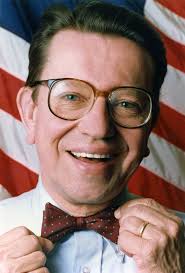 Famous Alumni Paul Simon (1928-2003) Lieutenant Governor of Illinois 1969-1973 Congressman from Illinois' 22nd District 1975-1985 United States Senator from Illinois 1985-1997 Born in Eugene, Paul's family moved to Portland before he graduated from Eugene High School. He would have been in the the class of 1945. 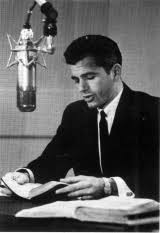 Garner Ted Armstrong (1930-2003) Minister, Author, Educator, Radio and Television Commentator Class of 1947 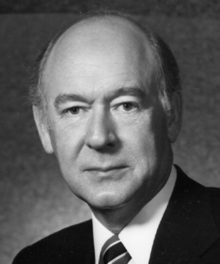 Cecil Andrus (1931-2017) Governor of Idaho (1st Term) 1971-1977 United States Secretary of the Interior 1977-1981 Governor of Idaho (2nd Term) 1987-1995 Class of 1948 Sports Championships Eugene High School won two state basketball championships (1927, 1946). It played in state title games nine times. Boys Basketball Boys Baseball Boys Golf Eugene High School became Woodrow Wilson Junior High School in 1952, when a new high school was built at 400 East 19th Avenue. The main building was razed in 1973. (photos courtesy of the Lane County History Museum) 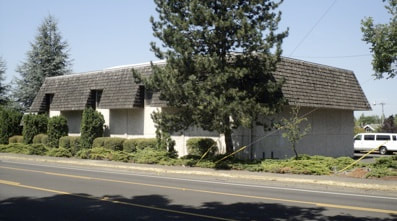 The detached, former gymnasium (shown above at left) still stands on the southeast corner of the site. It has been modified to include a Mansard-type roof form. The Lighthouse Temple currently occupies the property. |
AuthorFriendly Area Neighbors Archives
June 2021
Categories
All
|
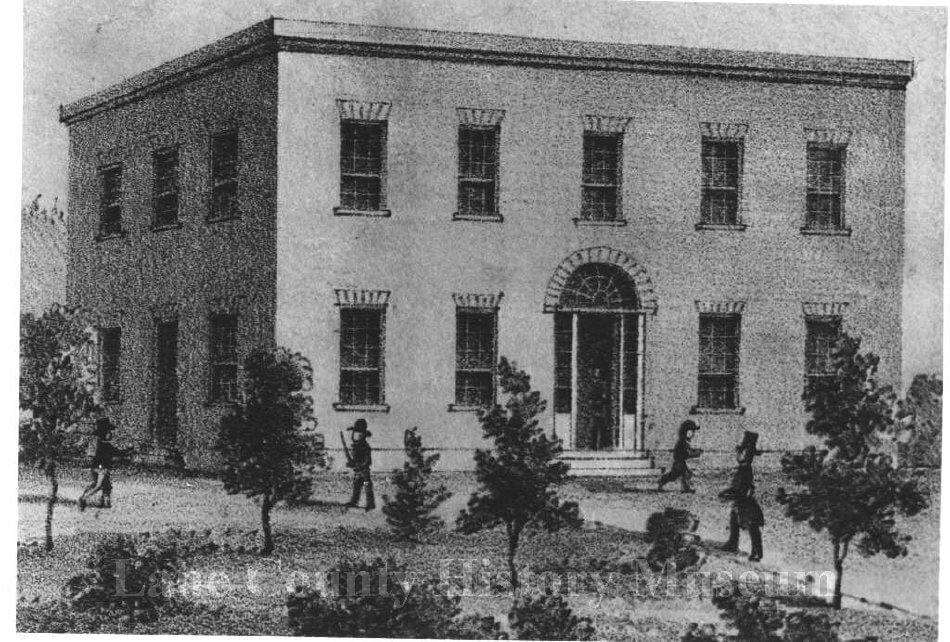
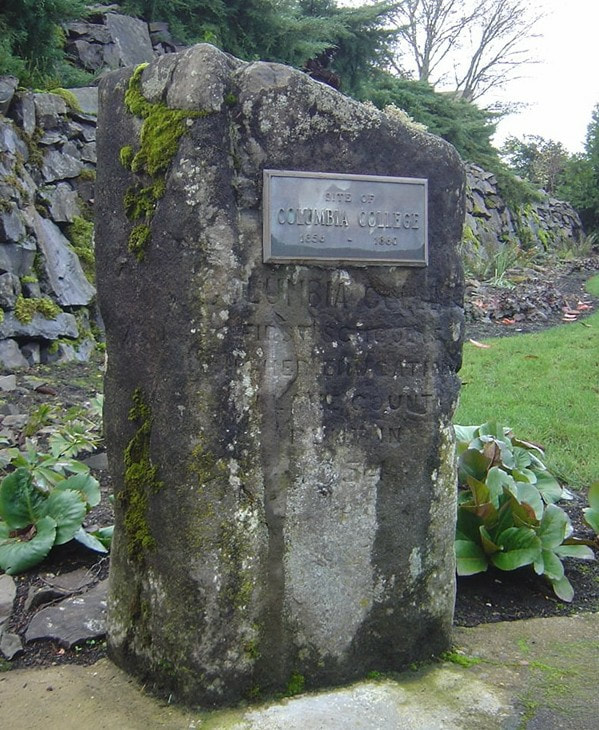
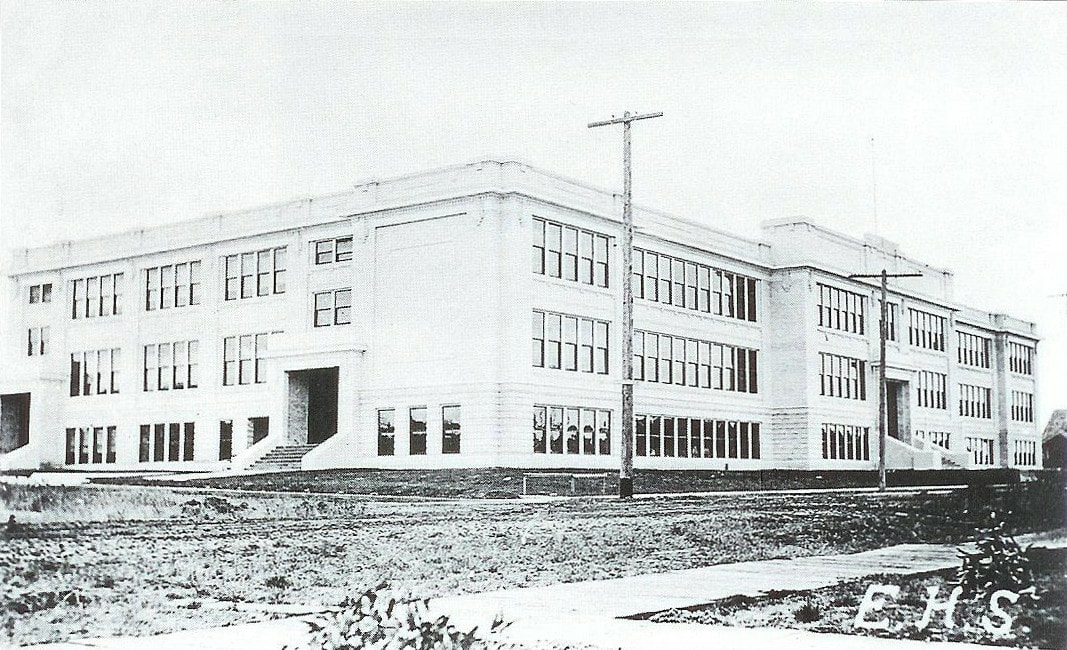
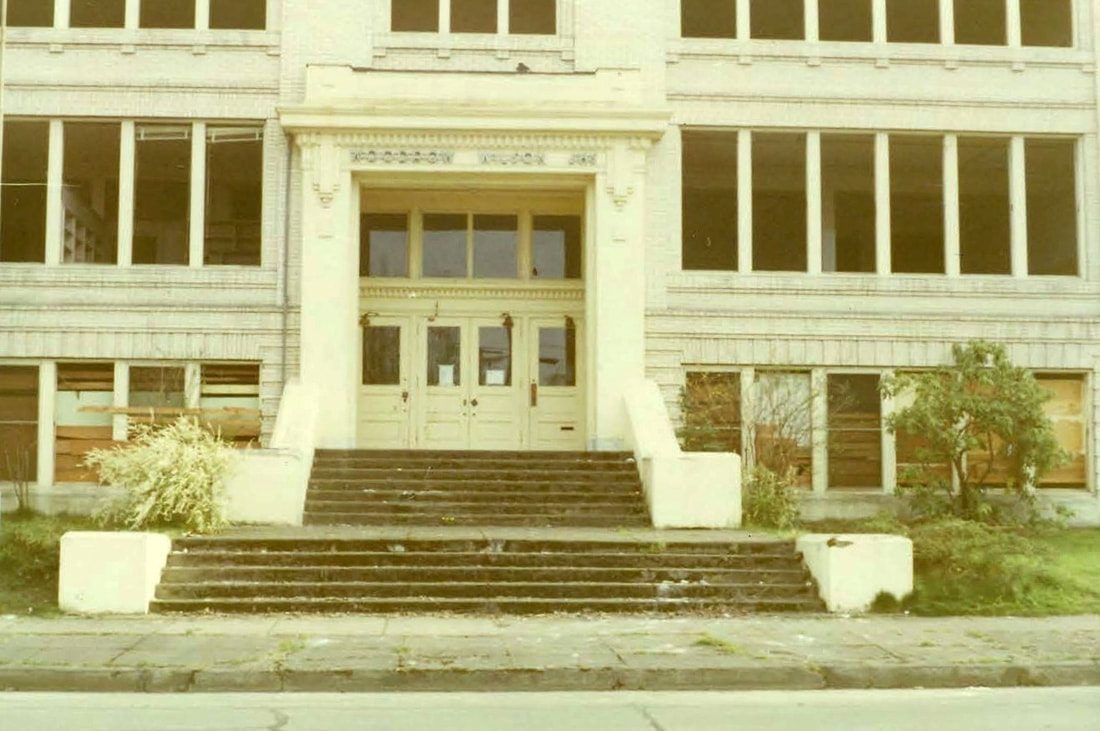
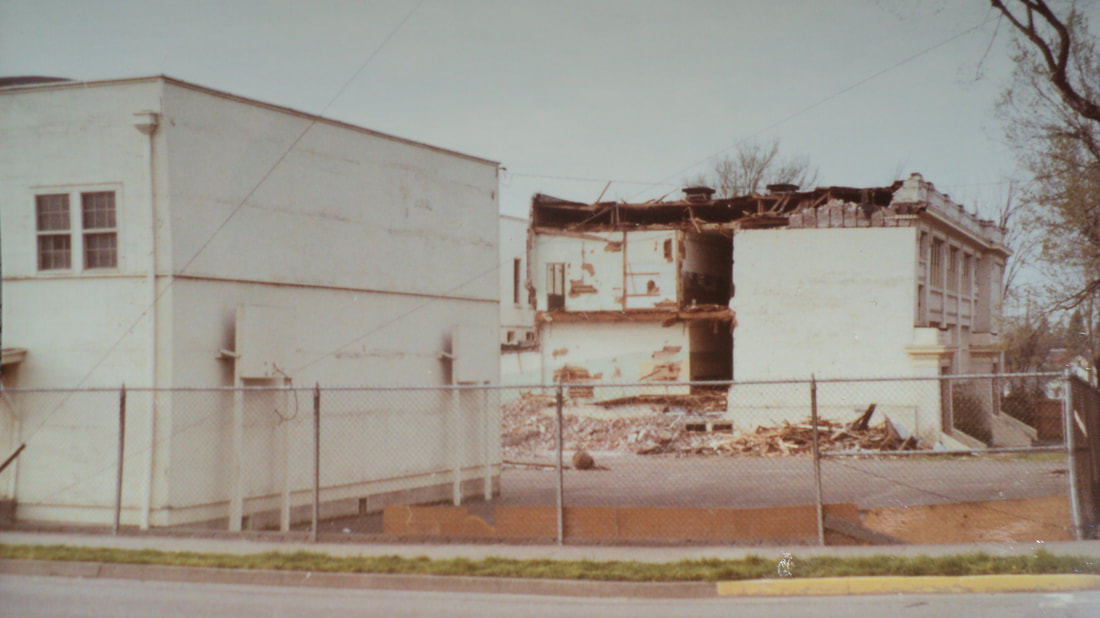
 RSS Feed
RSS Feed